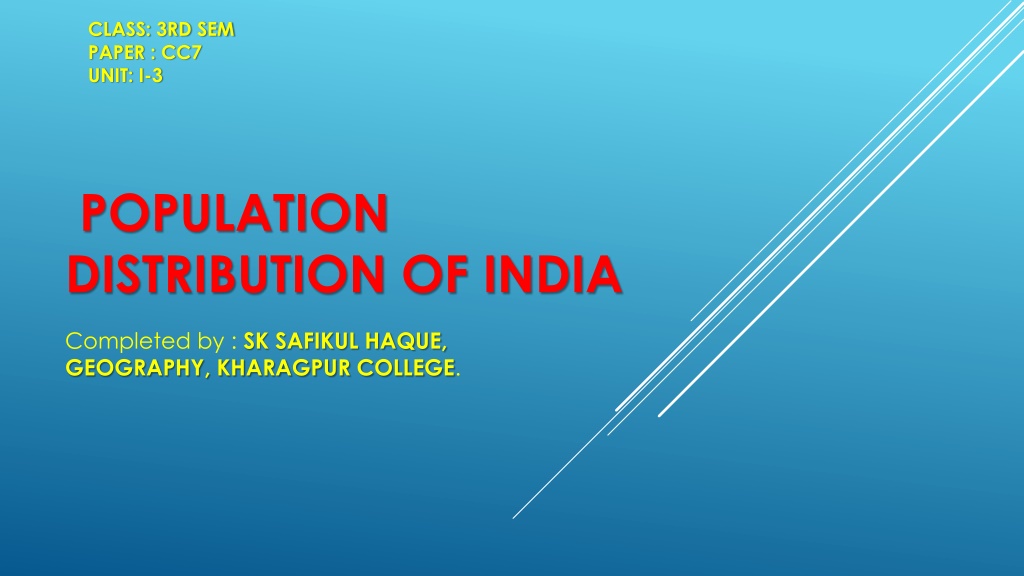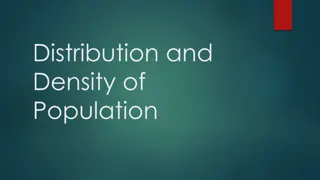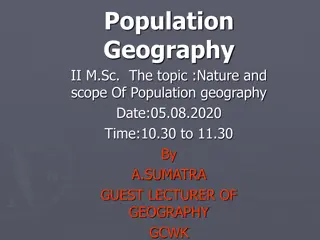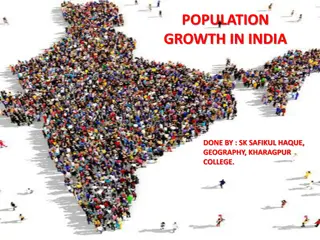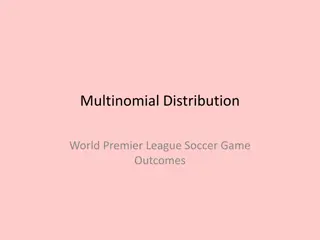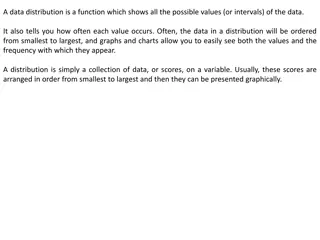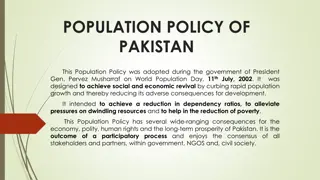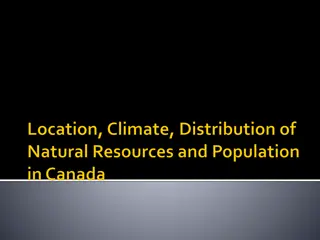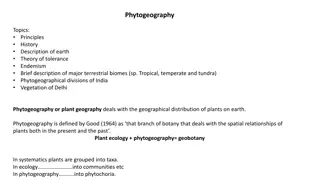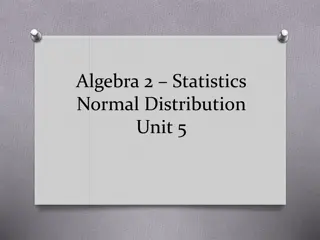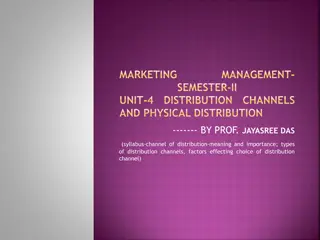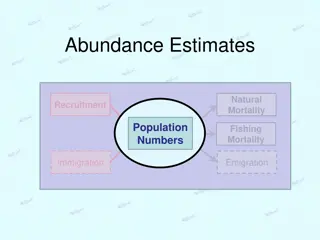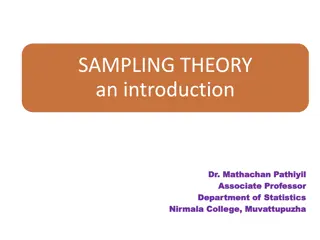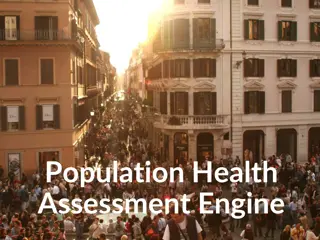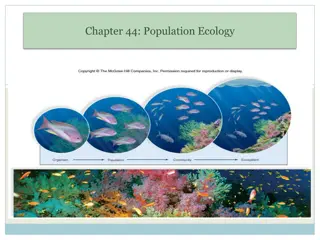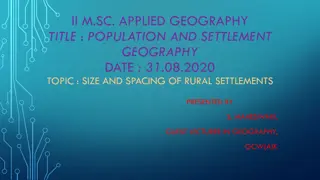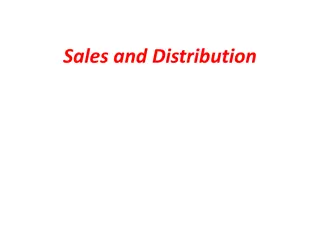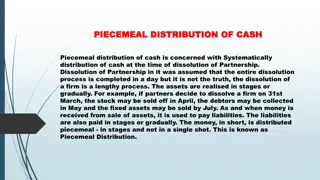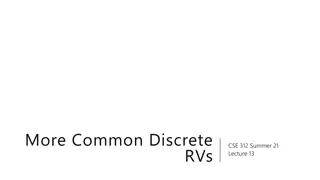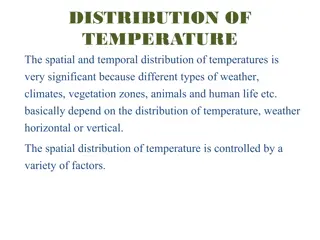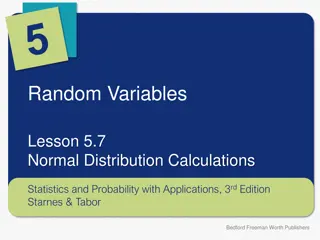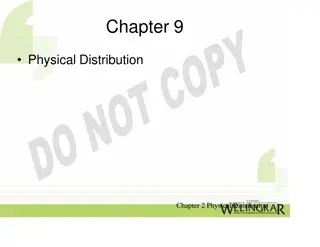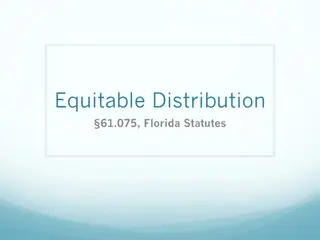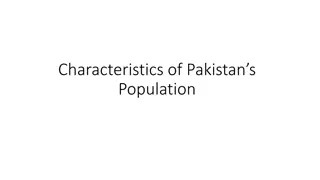Understanding Population Distribution in India
Population distribution in India is a complex phenomenon influenced by physical, socio-economic, and political factors. The distribution patterns vary across different regions, with factors such as relief, agriculture, educational systems, religion, and government policies playing significant roles. This presentation delves into the properties, controlling factors, different density zones, and the overall population distribution scenario in India.
Download Presentation

Please find below an Image/Link to download the presentation.
The content on the website is provided AS IS for your information and personal use only. It may not be sold, licensed, or shared on other websites without obtaining consent from the author. Download presentation by click this link. If you encounter any issues during the download, it is possible that the publisher has removed the file from their server.
E N D
Presentation Transcript
CLASS: 3RD SEM PAPER : CC7 UNIT: I-3 POPULATION DISTRIBUTION OF INDIA Completed by : SK SAFIKUL HAQUE, GEOGRAPHY, KHARAGPUR COLLEGE.
INTRODUCTION Distribution is where people are located in an area. Population distribution is most simply shown on a map by representing each person or group of people by a dot or a symbol. This shows us where people are and gives an impression of how the numbers of people vary from place to place.
PROPERTIES OF INDIAN POPULATION DISTRIBUTION Depend upon physical socio-economic & political aspects in population distribution there are many kind of characteristics : 1. huge population 2. Ethnic Multiplicity 3. plane land centric population 4. Village contributes main rule in population distribution & its Irregular patterns.
Controlling factors Of population in india India is the second most populated country in the world with nearly a fifth of the world's population. According to the 2019 revision of the World Population Prospects population stood at 1,352,642,280. FACTORS PHYSICAL ECONOMICAL SOCIO-CULTURAL OTHERS RELIEF AGRICULTURE EDUCATIONAL SYSTEM RELIGION PLACE GOVT. POLICY CLIMATE INDUSTRY HISTORICAL BACKGROUND DRAINAGE COMMUNICATI ON TOURISM SOIL VEGETATION MINERAL RESOURCES URBANISATION MIGRATION
DIFFERENT POPULATION DENSITY ZONE Five zone Of population density : A) Very High Population Density B) High Population Density c) Medium Population Density D) Low Population Density E) Very Low Density
CITATIONS 1. https://www.slideshare.net/b4anuj/population-of-india-presentation 2. https://www.slideshare.net/VishisthChaudhary/population-of-india2011 3. https://www.slideshare.net/SBrooker/population-ppt 4. https://www.slideshare.net/soumya_baban/population-23603081 5. https://www.slideshare.net/vinitaugaonkar1/new-my-presentation-on-world- population-day 6. https://www.tutorialspoint.com/geography/geography_india_the_people.htm# :~:text=The%20density%20of%20population%20in,by%20the%20net%20cultivated %20area. 7. https://en.wikipedia.org/wiki/Demographics_of_India
